Article by Travis Lindblad | Photography unless otherwise stated by Fitz
Lead photo: Blue flint corn kernels for planting
It’s not a secret that Virginia is drenched in history of all kinds, but the original people who lived and thrived before the state was created are not discussed enough, especially when it comes to food, and the Patawomeck Indians have contributed significantly to the state’s culinary landscape.
The Patawomeck Indians are one of 32 Algonquian-speaking people in the Tidewater area of present-day Virginia. Originally an outlier tribe of the Powhatan Confederacy, they were an agricultural tribe, that also relied on hunting and fishing for resources. They were the first people to inhabit Virginia, traded food with John Smith, and helped capture Pocahontas. Although the tribe is not federally recognized, the state recognized the Patawomeck tribe in 2010, and there are currently around 2300 tribal members, and most live in the Stafford area. Currently, the tribe is led by Chief Charles “Bootsie” Bullock and they lease 17 acres of land, including a 3 story former home that is now the tribal center.
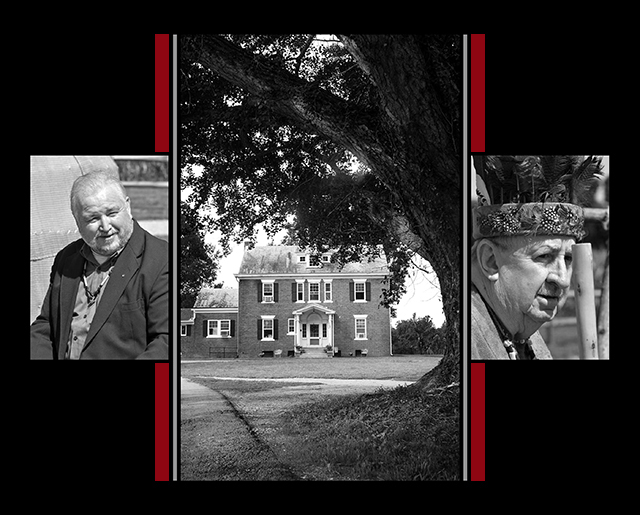
Chief Charles “Bootsie” Bullock (left) Patawomeck Tribal Center (middle) Chief Emertius John Lightner (right) | Photos of Bullock and Lightner courtesy of The Tribe
Warren Shelton is a member, beekeeper, and gardener for the tribe and the community as well. Beekeeping was something Shelton picked up about seven years ago and for the last two years he has been making honey to sell in the Patawomeck tribal center. The honey is only available from the end of May to the beginning of June and quickly sells out. Profits from the honey goes directly to the tribe and is the only thing that is harvested and sold to benefit the tribe. Although Shelton has only practiced beekeeping for the past few years, he has practiced gardening his entire life. His father used to spend time in the garden, and he would often help. Although Shelton always had a garden of some kind, once his dad passed away, he began giving more time to digging in the dirt, and investing time in the tribe’s community and indigenous gardens.
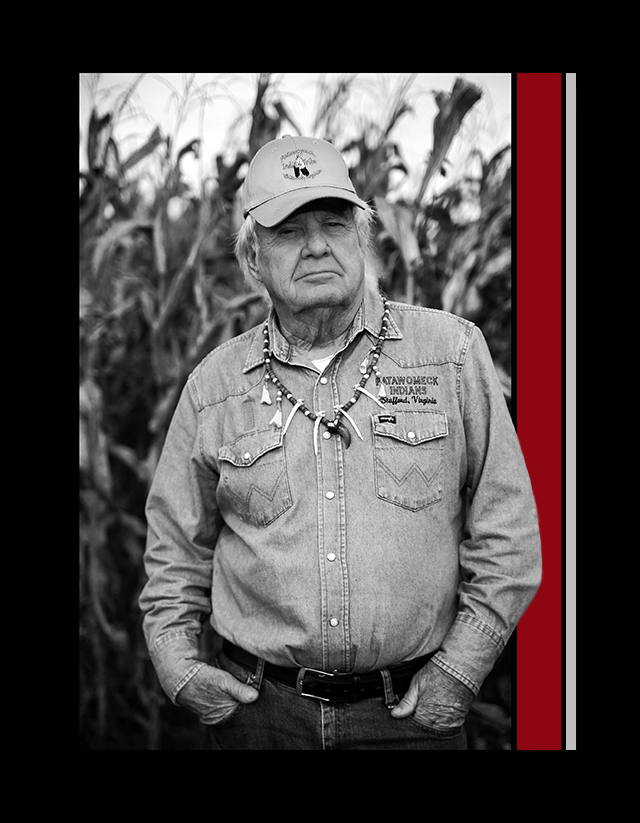
Patawomeck Indian Tribe beekeeper and gardener, Warren Shelton
In the community garden Shelton and the Tribe grow exactly what you would expect to find in this area – tomatoes, squash, peppers, and melons and the fruit of their labor is available to members of the tribe as well as to the community free of charge, and if there are elderly people that cannot get to the tribal center, they will take the produce to them. In the indigenous garden, however, some less familiar produce is growing, Tepary string beans, Blue Hubbard squash, Blue Flint corn, Rustica tobacco, and Crookneck watermelons. This goes directly to the tribe and if any is leftover, will go to the community, also for free.
—————————————————————————————————————

The perfect gift for Chefs and Cooks in Virginia, to learn more about Marlin Cutlery’s hand forged knives, visit marlincutlery.com or check them out on facebook at facebook.com/marlincutlery
—————————————————————————————————————
The seeds for Rustica tobacco come from Virginia Tech, and Shelton says it has roughly five to ten times the amount of nicotine than other tobacco grown and takes up less space in the garden. This tobacco is originally from Indigenous people in what is now Arizona, and is used widely among most tribes across the United States. As far as the corn, beans, and squash there was not much land to plant crops, so you had to make the most of the land. Along with many other Indigenous tribes, the Patawomeck used a method that Shelton has previously used for several years to great success – the Three Sisters method. The method is essentially companion planting, with three plants that grow together to ward off weeds and bugs all while enriching the soil. Shelton will plant the Blue Flint corn and let it grow to a certain point, then plant the Tepary beans and use the corn stalk for the beans to vine up and support the corn stalk, then plant the squash so the leaves would shade the ground dirt to keep the soil from getting too dry.
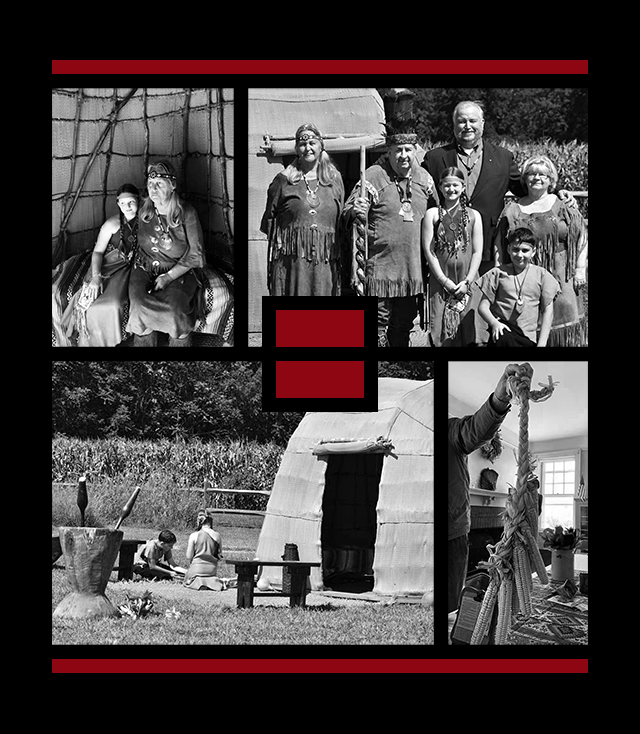
Tribal gatherings and workshops. Photos courtesy of The Tribe
Along with Shelton, tribal member Minnie Lightner, the administrative assistant to the tribal council who handles logistics for the tribal center along with organizing events, shared an interesting culinary tidbit. In the 1500s, the Spanish traded a Powhatan chief for tomato plants, and a few years ago, a clay pot was discovered near the Potomac, which ended up at the Jamestown settlement. A residue was found at the bottom of the pot and was sent off to be tested, and came back with traces of meat, corn, and tomatoes. Could this have been an early version of Brunswick Stew?
If you’re looking for an interesting place to visit or to book an event in a unique location maintained by some great people, consider checking out the tribal center. And if you’re lucky, you can grab some of that honey.
For more history on the Patawomeck Indian Tribe, including their upcoming Summer events, community work and their Tribal Store, visit the following link- http://patawomeckindiantribeofvirginia.org

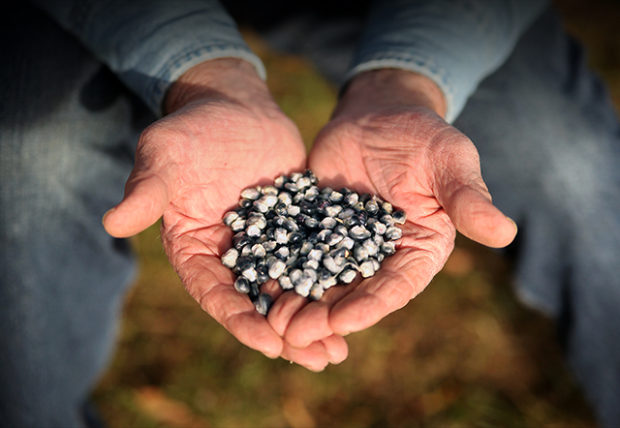

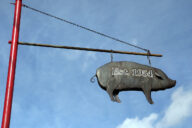
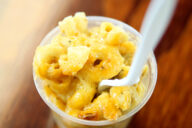
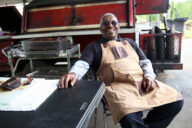

No Comments